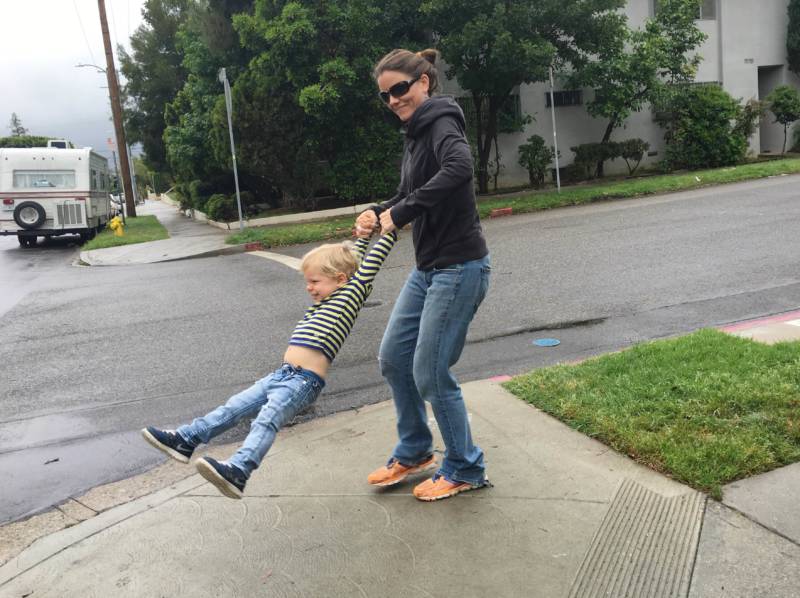“Moderate incontinence is annoying, it requires wearing protection most of the time, but it doesn’t limit activities. Women will still go about their normal activities," Rosenman said. "Severe incontinence, women stop traveling, they don’t want to be around other people at night, they’re embarrassed about their absorptive products and how they dispose of them, and it’s major life-altering. It makes some individuals have to be in assisted living or a nursing home environment.”
Urinary incontinence is what’s known as a pelvic floor disorder, which can also lead to fecal incontinence, which is leaking poop, or organ prolapse, when the uterus or bladder or intestines sag and fall into the vagina.
About a quarter of American women have at least one pelvic floor disorder – and urinary incontinence is the most common. The risk goes up as women get older.
“After age 60, greater than 30 percent of all women have some form of incontinence,” said Rosenman. And after age 80, about half of American women leak pee.
The good news is, there’s an entire subspecialty of medicine, called urogynecology, that treats pelvic floor disorders.
There is also pelvic floor physical therapy that includes exercises and tech tools to help women regain their muscle strength.
These include the kGoal interactive kegel exerciser that you insert into your vagina. When you tighten your muscles, data about how well your muscles are performing pop up on your smartphone via bluetooth.
The kGoal is a play on the word kegel, a well-known exercise in which you first tighten then relax the pelvic floor muscle in an effort to reconnect with and strengthen the muscles that control pee and poop.
There are also apps. Lots of apps. Apps for tracking your pad usage and leaking. Or reminding you to pee more frequently. Urologists from the University of California, San Francisco recently developed the Kegel Nation app, that can help monitor the frequency, progress and quality of a Kegel exercise regimen. The app features a built-in voice coach for the exercises.
In addition to physical therapy and strengthening exercises, you can treat pelvic floor disorders with diet, medication and surgery. Some women get Botox injected into the bladder to stop spasms. Some get bulking agents inserted into the urethra to beef it up. There are bigger surgeries, too, that can help.
“Our field is changing rapidly, and I think that’s what’s fun about it,” said my physical therapist Aimee Diaz. She’s a faculty member at the University of Southern California, in the division of biokinesiology and physical therapy. “From a prognosis perspective I think we’re only going to get better at treating these things, but unfortunately it’s still something that we’re going to have to deal with.”
Indeed, studies suggest that the number of American women with urinary incontinence will increase by 55 percent in the next 35 years. Due to an aging and increasingly overweight population.
So innovators have their work cut out for them.
Thankfully for me, though, there is a new product on the market that could help me get back to running.
It looks like a tampon, but it’s made out of silicone. It’s called the Poise Impressa Bladder Support. It’s inserted into the vagina, and holds the urethra in place so it doesn’t leak pee.
“I think it’s really a game changer, because prior to that the only thing we had was surgery unless (the incontinence) was mild,” Rosenman said. “Mild stress incontinence is treatable with pelvic floor exercise and physical therapy and biofeedback. But anything more than very mild isn’t. Now we have a non-surgical option.”
This audio piece was part of the STEM Story Project — distributed by PRX and made possible with funds from the Alfred P. Sloan Foundation.
